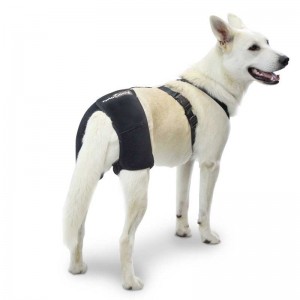Lameness, although we usually relate it to older dogs or that are close to it, the truth is that it can appear at any age. However, it can be due to specific pathologies. Here we leave you the causes of lameness in young dogs.
Why does lameness appear in young dogs?
Lameness is a problem that occurs in dogs very frequently. The origin of this can be found in the bones, cartilage, joints and even the hip. To determine its cause, we will not only have to take into account the age of the animal and its lifestyle, but we will also have to value the presence of certain pathologies or diseases.
Although in many cases the cause can be the same at any age, today we are going to talk about the causes of lameness in young dogs. However, whenever we observe problems walking, it is convenient to go to the veterinarian.
canine panoaestheitis
This inflammatory-type disease is one of the causes of lameness in young dogs. Its origin is found in the bones, especially the humerus. It occurs mainly in large and giant breeds due to their own growth.
Symptoms include weakness and a limp that can alternatively affect both legs. For the diagnosis, an X-ray will be performed that will allow us to see the affected parts inside the bone. It usually disappears when the animal reaches adulthood, so only anti-inflammatories are administered.
Avascular necrosis in the femur
This cause of lameness in young dogs also occurs in humans. The head of the femur is disappearing for reasons that are not fully known. It most often affects small dog breeds, although it also affects some large ones. Usually between four and six weeks of age.
To diagnose it, it will be necessary to observe lameness in young dogs with support and a progressive increase in pain. The kneecap of that leg will be elevated from its normal position. Initially it may be mild but in one or two months it will intensify. An X-ray makes it possible to verify it. The treatment is surgical, and consists of joining the tibia with a band and nails.
hypertrophic osteodystrophy
The third cause of lameness in young dogs comes from feeding. Imbalances in the diet cause abnormal bone proliferation to occur. The limbs swell and fever also appears. It is very painful.
To treat this lameness in young dogs, which are usually large breeds, the diet is modified and anti-inflammatories are administered. It can take months for the problem to be fixed.
Osteochondritis dissecans
The cause of this lameness in young dogs is a crack in the cartilage of the joint. By losing the liquid that is inside, it touches the bone and inflammation occurs. It can appear on the knee, elbow or shoulder, among others. Surgical intervention is usually necessary, in addition to using protections, such as chondroprotectors .
Patella dislocation
The last of the causes of lameness in young dogs is dislocation. Both due to a blow and genetics, the patella moves out of place. It is more frequent in small breeds and the symptomatology is jumping when walking. By palpating the joint it can be easily detected. Depending on the severity of the lameness in young dogs, surgery may be required. If it is mild, anti-inflammatories and chondroprotectors will suffice.

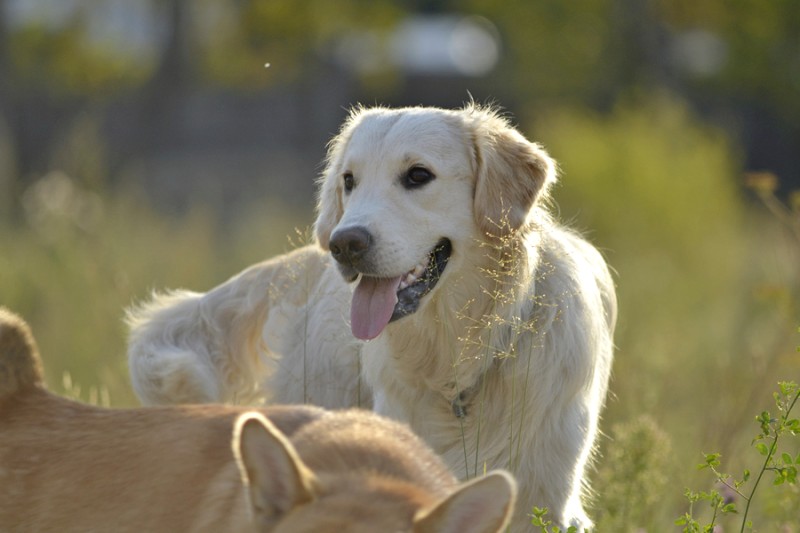
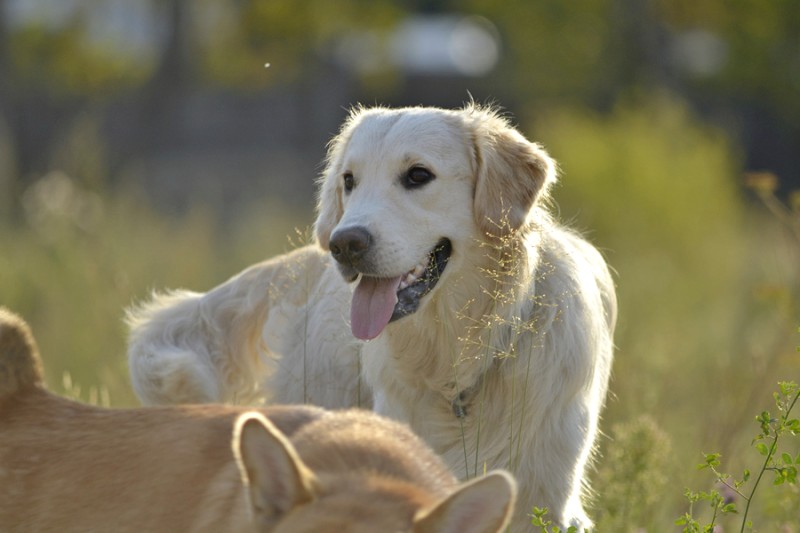
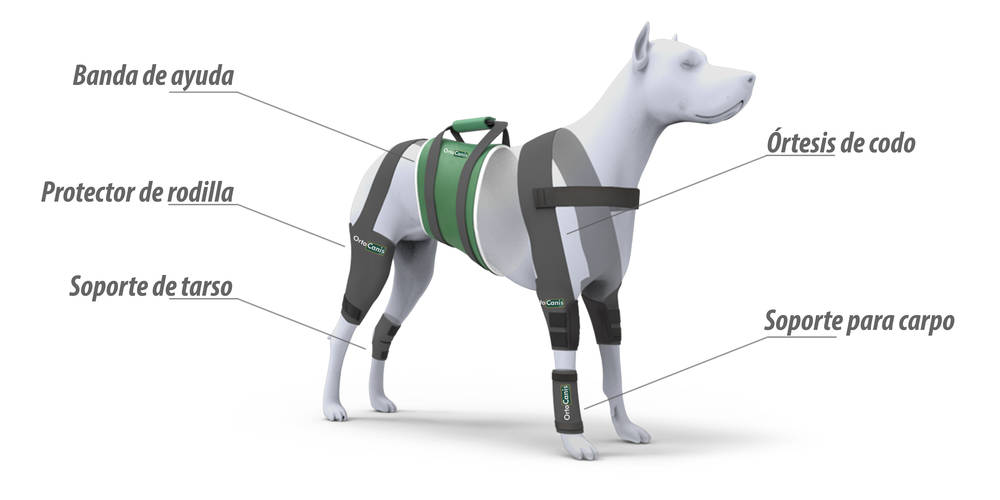
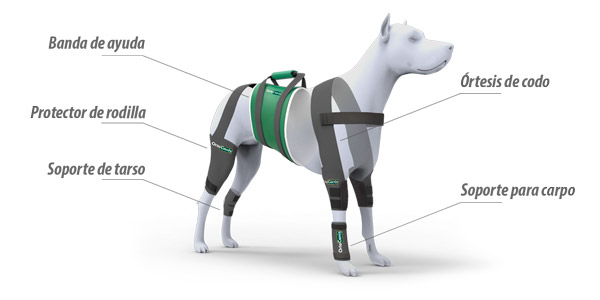 The pain is due to the loss of thickness and quality of the articular cartilage, it degenerates to produce the practical disappearance of the same, inflammation of the joint capsule and osseous reaction (osteophytes).
The pain is due to the loss of thickness and quality of the articular cartilage, it degenerates to produce the practical disappearance of the same, inflammation of the joint capsule and osseous reaction (osteophytes).